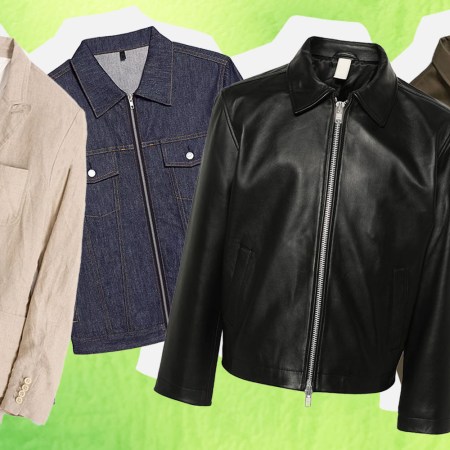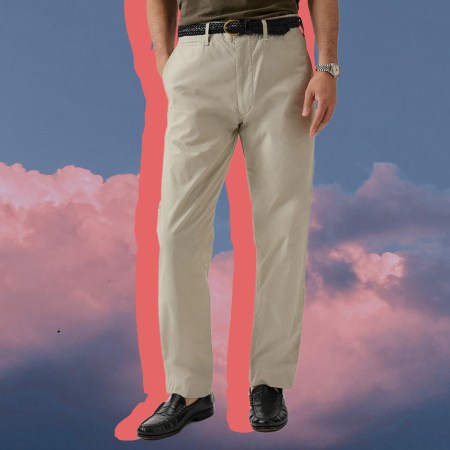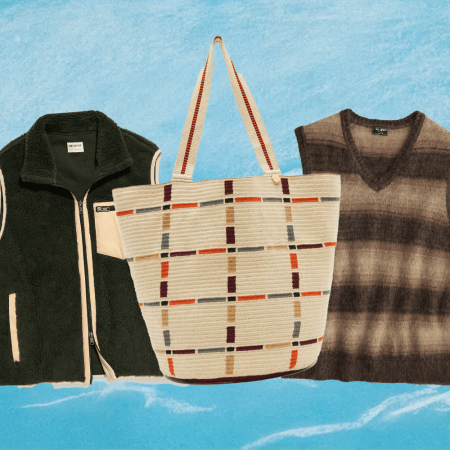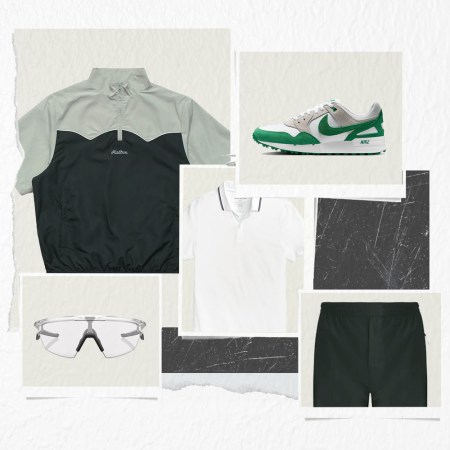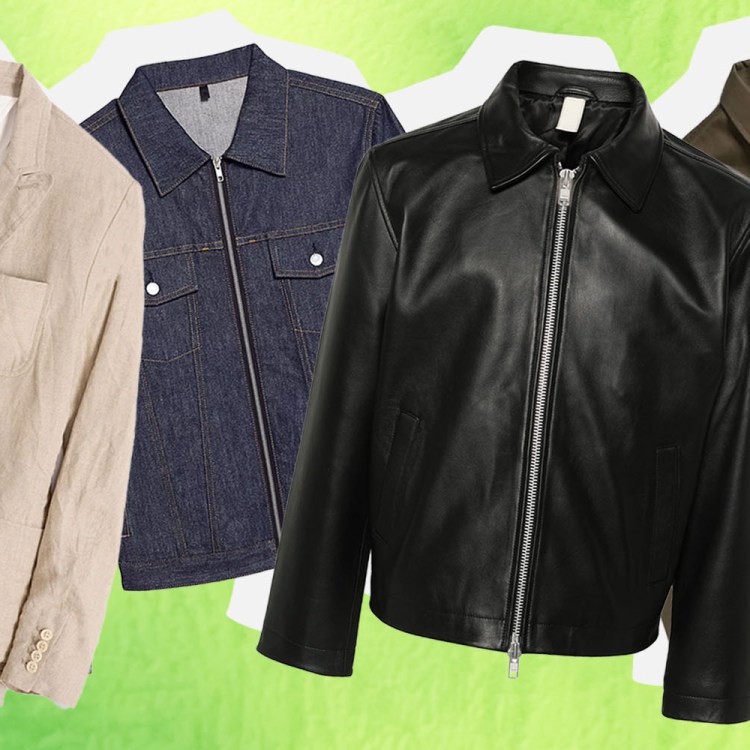You may not see the connection between literary style and sartorial style. But it’s there, hiding in plain sight: not in the actual books, but in the closets of the people who wrote them.
Those writers are the topic of a new tome by Terry Newman entitled Legendary Authors and the Clothes They Wore, published last month. The book — which profiles 50 of literary history’s most applauded writers, from Joan Didion to Mark Twain — is best taken as an investigation of style as an expression of individuality.
Because notice I haven’t mentioned the word “fashion.” Fashion, some say, is for followers. It’s never lasting, or as Coco Chanel said, “fashion fades, only style remains.” This book is about style; about singular expression. So much so that even an infamous recluse like F. Scott Fitzgerald (profiled in the book alongside his wife, Zelda) can be deemed a style icon. Point is, style doesn’t need a runway.
In fact, it’s the other way around, as Newman writes in the introduction: “Fashion houses are constantly mining literature and its intellects for ideas and credibility. Quentin Crisp, Donna Tartt, Hunter S. Thompson, and Virginia Woolf and her Bloomsbury set, to name but a few, have all inspired catwalk collections.” That’s a genuinely beautiful thing if you stop and think: proof that the writerly life, while typically a solitary one, is an unsullied source of inspiration.
Left: James Joyce. Right: Edgar Allan Poe
So when the book points out particulars — James Joyce loved Irish tweed, Gay Talese wore handmade bespoke suits as a boy, Tom Wolfe preferred white suits, Ernest Hemingway took to wearing Aran sweaters and utility wear — we’re not just getting insight into passing fads and the social context that begat them: we’re collecting valuable context that informed history’s great writers and their sense of identity.
Left: Oscare Wilde. Right: Tom Wolfe
Which, in the end, is how each of us should approach the cultivation of our own personal sense of style. Forget the blogs and the rules, if only for a moment, and think about preference: What makes you feel good? Comfortable? Confident?
History’s great dressers didn’t earn that reputation by following the rules. They earned it with good taste.
Writing the next great American novel helps, too. But don’t count on that.
From the book: Legendary Authors and The Clothes They Wore by Terry Newman. Text © 2017 by Terry Newman. Reprinted courtesy of Harper Design, an imprint of HarperCollins Publishers.
This article was featured in the InsideHook newsletter. Sign up now.
